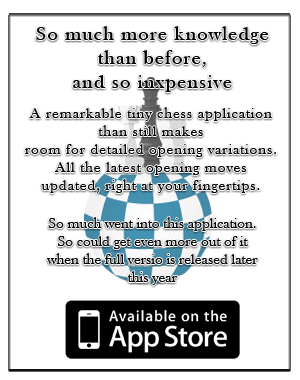BLIND CHESS
What are the main modifications to the equipment used by the chess players?
In the chessboard, all the Black squares are raised about 3-4 mm above the white squares. The player can feel the raised or the lowered squares to figure out whether the piece is a black or a white square. Each of the chess pieces has a downward projection (nail) at the base, which fits into the squares on the Board having a hole in the center.
Through touch and feel, the player can determine whether the piece is a Pawn, Rook, Bishop, Knight, Queen or King. All the Black pieces have a pin fixed on their heads. The touch of the pin on the pieces helps the player from distinguishing a white piece from a black one. The player is, therefore, able to have a clear picture in his mind of the position on the Board. The player is now ready to take on any opponent, sighted or otherwise. As per FIDE rules, a player is required to announce every move made, so that the opponent gets to know of the move. When the visually challenged play chess, instead of writing the moves on a Score Sheet, they record the same in Braille or on a tape recorder.
In 1950, Sir. T. Thomas was the first blind player to play in an Olympiad (Dubrovnik, Yugoslavia). The International Braille Association was formed by the blind player R. Bonham. The first World Blind Correspondence Championship began in 1955 and was won by R. Bonham. James Slagle won the first US Championship for the blind in 1971. The American master Albert Sandrin (1923-) participated in the World Chess Championship for the Blind and played all his games from memory, without the use of a board. In the later 60s, the Soviet Union had 150,000 blind players in its Braille Chess Association.
Every four year since 1966 a World Championship for blind players has been arranged. FIDE award automatically the title of International Master to the winner.




